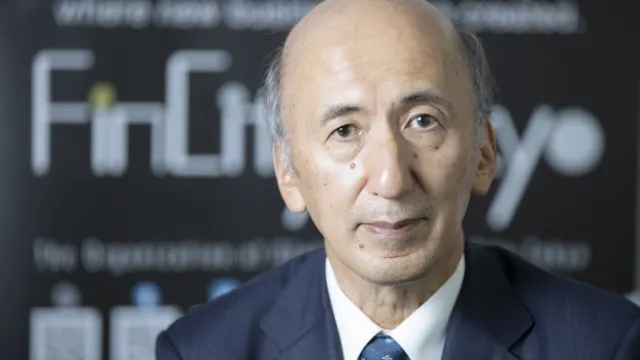
Hong Kong's economic headwinds still underestimated: UBS
Even factoring in a gradual tightening cycle.
It has been noted that Hong Kong monetary risks are underestimated.
According to a research note from UBS, the headwinds for Hong Kong, even if we factor into a very gradual tightening cycle, are still being played down.
First, rates will be rising into a secular downturn. Growth in HK has been weak and decoupled from the US in the current cycle, in contrast to the last rate hike episode during 2004-2006 when growth in HK was robust and in sync with that of the US. Second, rates will be rising at the peak of a credit cycle.
Private non-financial sector debt, at almost 190% of GDP today, is well above 1997's 125%. Given high debt stock, even a gradual uptick in interest rates will cause the debt service burden to increase meaningfully.
Here’s more from UBS:
The peg will amplify a downturn: The HKD peg is an important channel through which external shocks are transmitted to the domestic economy.
By fixing the external value of the HKD, and at times importing inappropriate US monetary policy, the burden of adjustments falls on domestic prices and real activities. The peg exacerbated the excesses during 2009-14. It could equally amplify a downturn going forward.
A reminder from Singapore: Singapore, where the adjustments have finally come through, is a reminder for HK. Nominal rates are rising in Singapore ahead of the Fed; real rates have turned positive; and the housing market is correcting.
Hong Kong and Singapore, by targeting the exchange rates, are similar in having no independent interest rate policy. What's triggering the increase in Singapore's interest rates, in our view, is the shift in SGD expectation to depreciation from appreciation.
While we continue to expect the HKD peg to prevail in the interim, expectations for the HKD to depreciate could nevertheless ratchet up as the macro fundamentals deteriorate. The possibility of heavy outflows from HKD assets occurring—therefore squeezing domestic rates up to beyond the increase in US interest rates—is by no means remote.








![Cross Domain [Manu + SBR + ABF + ABR + FMCG + HBR + ]](https://cmg-qa.s3.ap-southeast-1.amazonaws.com/s3fs-public/styles/exclusive_featured_article/public/2025-01/earth-3537401_1920_4.jpg.webp?itok=WaRpTJwE)









 Advertise
Advertise


